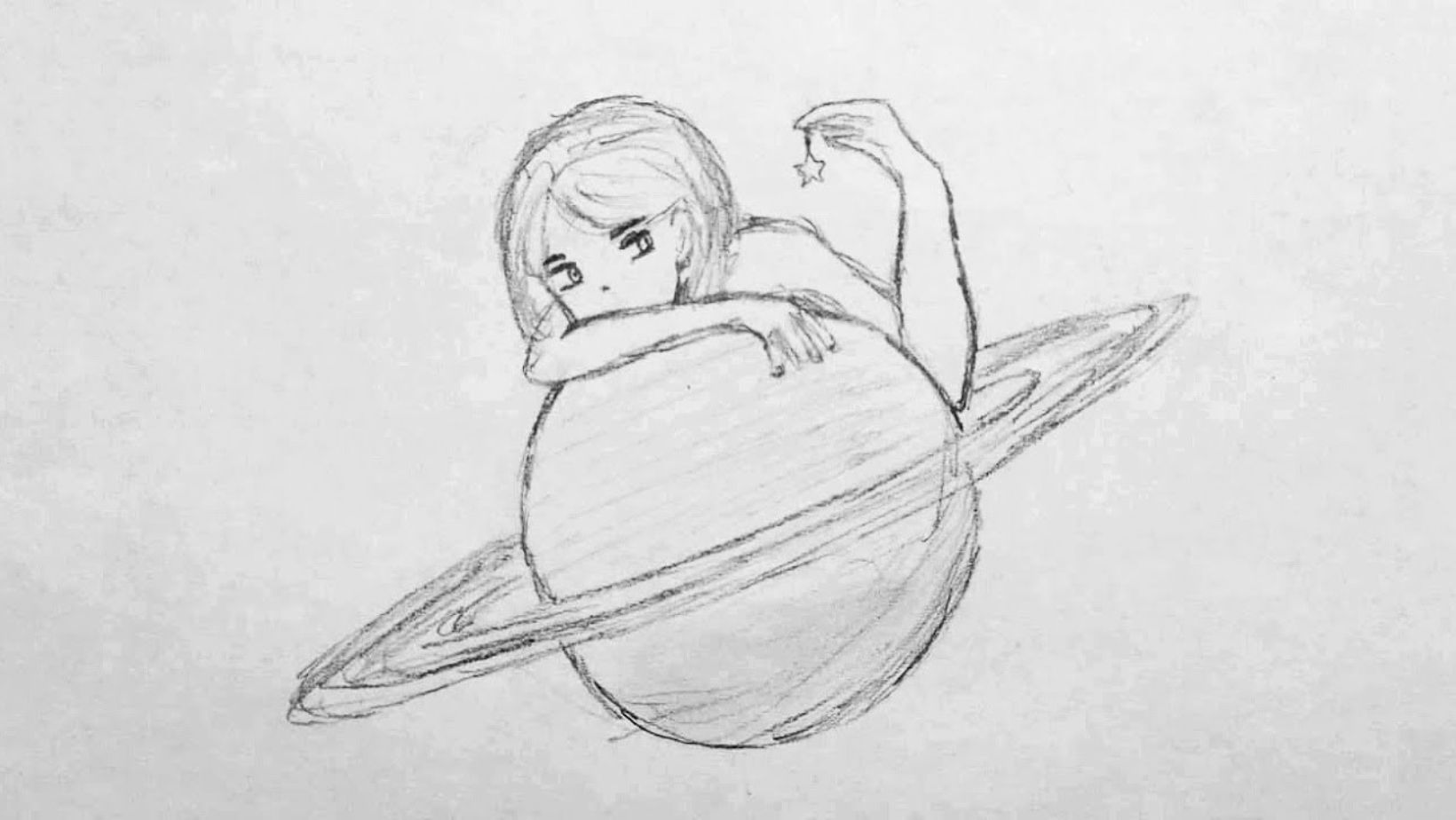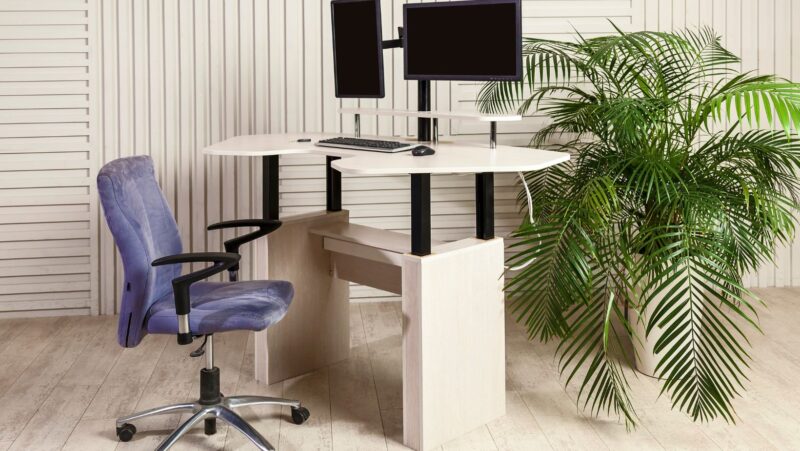
Lapiz:hdijqisszec= Dibujos Aesthetic
 In a world overflowing with digital art, the timeless charm of lápiz dibujos, or pencil drawings, offers a refreshing aesthetic that captivates artists and enthusiasts alike. With its raw textures and subtle gradients, pencil art evokes a sense of nostalgia while allowing artists to express intricate details and emotions. This traditional medium, often underestimated, provides endless possibilities for creativity, making it a beloved choice for both budding and seasoned artists.
In a world overflowing with digital art, the timeless charm of lápiz dibujos, or pencil drawings, offers a refreshing aesthetic that captivates artists and enthusiasts alike. With its raw textures and subtle gradients, pencil art evokes a sense of nostalgia while allowing artists to express intricate details and emotions. This traditional medium, often underestimated, provides endless possibilities for creativity, making it a beloved choice for both budding and seasoned artists.
The aesthetic appeal of lápiz dibujos lies in its simplicity and versatility. Artists can effortlessly shift from delicate, whisper-soft lines to bold, dramatic strokes, all with a single tool. This flexibility not only enhances the depth and dimension of the artwork but also invites viewers to appreciate the skill and precision involved. As more people seek authenticity and personal expression in art, pencil drawings continue to hold a special place in the creative world, bridging the gap between classic and contemporary styles.
Understanding Lapiz Dibujos Aesthetic
Lapiz dibujos aesthetic captures the essence of pencil art as a distinct form of creative expression. This aesthetic values simplicity, authenticity, and the tactile quality of graphite on paper. Pencil drawings reveal an artist’s technique and intention through visible strokes and shading.

Texture and tone create depth and dimension in pencil art. Artists manipulate different pressures and angling of the pencil to achieve variedeffects. Examples include delicate hatching, which adds softness, and bold outlines, which emphasize form.
Emotional resonance forms a crucial component of this aesthetic. Pencil drawings often evoke nostalgia, reminiscent of timeless artistic practices. Familiar subjects like portraits and landscapes gain new life through such artistic representation.
Contrasts between light and dark serve as defining aspects. Artists leverage these contrasts to draw attention to focal points within their creations. These effects enhance clarity and detail, bringing the drawing to life.
Versatility distinguishes lápiz dibujos. Artists across varying styles, from realism to abstraction, leverage its potential for nuanced expression. The medium’s familiar simplicity belies a complex range of possible outcomes, inviting viewers to explore and interpret.
With a growing emphasis on personal expression, the lápiz dibujos aesthetic finds a place amid both traditional and modern art forms.
Key Characteristics of Lapiz Dibujos Art
Lapiz dibujos art, known for its distinctive style, showcases a seamless blend of simplicity and depth through its key characteristics.
Minimalist Line Work
Minimalist line work defines lapiz dibujos art. Clean, intentional lines form the foundation of this style, capturing the essence of subjects with precision. Artists often favor this technique for its ability to convey movement and emotion with the least amount of detail. Continuous lines join segments and parts, creating coherence and enhanced understanding. Minimalist line work highlights an artist’s skill in simplifying complex scenes while maintaining expressiveness.
Soft Shading Techniques
Soft shading techniques add dimension and texture. The use of graduated tones and subtle gradients creates lifelike rendering in pencil drawings. Artists employ varying pressure and stroke techniques to achieve gentle transitions from light to dark areas. This practice adds depth and enhances realism, making subjects appear more three-dimensional. Soft shading evokes mood and atmosphere, allowing artists to imbue their work with emotion and nuance that resonate with viewers.
Materials and Tools Needed
Understanding the appropriate materials enhances the aesthetic qualities unique to lápiz dibujos. Selecting the right combination of tools enables artists to maximize their creative expressions.
Pencil selection impacts the drawing’s texture and tone. Artists often prefer a range of pencils with different hardness levels. Hard pencils like H or 2H create fine lines suitable for detail work, while softer pencils such as 2B or 4B produce darker, bolder lines for depth and shading. This variety offers flexible options to achieve desired effects and manage light and shadow in drawings.
Paper type influences durability and visual quality in pencil art. Artists typically choose between smooth and textured paper. Smooth paper, including bristol or hot-pressed options, provides a sleek surface for clean lines and intricate details. Textured paper, like cold-pressed or rough, allows for more grip, enhancing shading with deeper tones and visible strokes. Selecting the right paper type complements the pencil’s effects, ensuring that each drawing element is well-supported.













